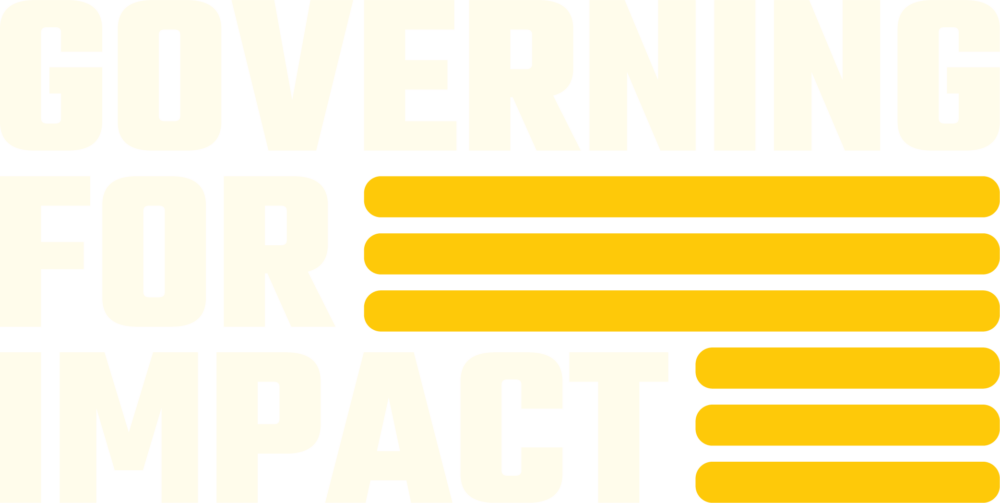The press has described the Administrative Procedure Act as the “wonky workhorse of American law,” “mundane but crucial.” It is neither wonky nor mundane to those harmed by executive branch actions, but instead is one of the most important tools courts and litigants have to check unlawful activity.
Unlawful actions abound under the Trump administration. As D.C. Circuit Judge Nina Pillard recently observed, “the pace and scope of the government’s destructive efforts”—“the very volume of lawbreaking and the scope of operational functioning laid waste”—“does not add up to courts losing the power to determine the lawfulness of agency action.” But it does present challenges to lawyers holding the administration accountable.
Governing for Impact’s Administrative Procedure Act Library addresses a range of topics—some common and, yes, some wonky—that litigators navigate in suing the executive branch. It supplements Governing for Impact’s existing work on administrative law and policy, and we will continue to identify additional topics to address in future work. If you have suggestions or would like to discuss any of the issues in these materials, please don’t hesitate to be in touch.
This Issue Brief explores the rule that only final agency action is subject to challenge under the APA. It surveys key cases laying out the finality doctrine and identifies a range of agency actions that might qualify as final.
This Issue Brief describes the committed to agency discretion exception and the doctrine animating it, addresses arguments raised in challenges to Trump administration actions, and overall, identifies general factors litigants might consider when rebutting an agency’s assertion that 5 U.S.C. § 701(a)(2) shields its action from judicial review.
This Issue Brief explores how litigants might bring nonstatutory challenges to executive actions when neither the APA nor another judicial review statute applies. It describes nonstatutory review; its history; its availability as a means to challenge presidential action and bring constitutional challenges; and its more limited use as a means to bring statutory challenges to agency action.
This Issue Brief explains how to identify agency documents portrayed as guidance that can be challenged as legislative rules issued without notice and comment. It explains the APA’s notice-and-comment requirements and how to distinguish interpretative rules and policy statements from legislative rules.
This Issue Brief addresses several other exceptions to the APA’s notice-and-comment requirements (aside from that covering guidance documents, addressed in Notice & Comment I: Legislative Rules and Guidance Documents). It outlines exceptions for good cause, procedural rules, agency management and personnel rules, proprietary rules, and rules covering military and foreign affairs functions.
This Issue Brief explains how to draft comments on agencies’ proposed rules to support eventual litigation against the resulting final rules. It surveys the notice-and-comment process and provides prompts that drafters–both lawyers and non-lawyers alike–can reference to help craft adverse comments.
This Issue Brief describes how to challenge agency action as arbitrary and capricious under the APA. It addresses the Supreme Court’s seminal 1983 decision in State Farm, lists nine categories of arbitrary-and-capricious challenges, and charts the lifecycle of a typical case.
This Issue Brief surveys how litigants might challenge agency action based on pretextual reasoning. It describes the rules regarding pretext, articulated most clearly by the Supreme Court in its 2019 decision in the citizenship question case; considers how litigants might prove pretext claims within the strictures of administrative litigation; and suggests a range of related strategic considerations litigants might bear in mind.
This Issue Brief explores how litigants might challenge agency directives against enforcing statutory and regulatory requirements. It explains why two cases often thought to make challenging nonenforcement decisions more difficult, Heckler v. Chaney and United States v. Texas, in fact leave substantial room for litigants to do so; describes various jurisdictional and substantive issues litigants might confront in a challenge; and addresses other ways agencies might seek to weaken regulatory requirements.
This Issue Brief explores the remedies available in challenges to executive action. It surveys equitable remedies, with a particular focus on preliminary injunctions, as well as remedies authorized by the APA; notes current controversies over the permissible scope of those remedies; and discusses when courts will find unlawful provisions of a rule to be severable.
